When it comes to trailer-mounted water tanks, understanding the ideal size can significantly impact your operational efficiency, safety, and overall functionality. The right tank capacity not only meets your water supply needs but also aligns with the vehicle’s load restrictions, your usage demands, and specific application requirements. Below, we delve into key considerations that will help you determine the optimal size for a trailer water tank.
Assessing Your Water Needs
1. Usage Scenarios
Before selecting a water tank, clarify the primary application it will serve. Consider the following common usages:
| Usage Scenario | Water Requirement (gallons) | Notes |
|---|---|---|
| Agricultural Spraying | 50 – 1,000+ | Varies depending on the size of the area being treated. |
| Construction Sites | 100 – 500 | Depends on crew size and project duration. |
| Landscape Irrigation | 300 – 2,000+ | Affected by the size of the area to be irrigated. |
| Emergency Services | 300 – 1,500 | Firefighting and disaster response needs dictate size. |
| Recreational Use | 50 – 300 | Campers and travelers might have lighter demands. |

2. Crew Size and Duration of Use
Evaluation of crew size and the duration of use will inform the necessary water supply. A larger crew or extended work hours will naturally require larger tanks:
- Small Teams (1-5 workers): Generally, a tank of 100-300 gallons may suffice.
- Medium Teams (6-15 workers): Opt for capacities between 300-700 gallons.
- Large Teams (16+ workers): Consider tanks of 700-1,500 gallons or more, based on water use intervals.
Understanding Vehicle Limitations
1. Weight Distribution and Load Capacity
Take into account the weight limits of your towing vehicle. Most trailers have specific gross vehicle weight ratings (GVWR), and water tanks contribute significantly to overall weight. Exceeding these limits not only poses safety hazards but may also violate legal restrictions, leading to fines or accidents.
| Towing Vehicle Type | Max Trailer Load Capacity (lbs) | Recommended Tank Capacity |
|---|---|---|
| Light-duty Pickup | Up to 6,000 | 100 – 400 gallons |
| Medium-duty Truck | 6,000 – 12,000 | 400 – 800 gallons |
| Heavy-duty Truck | 12,000+ | 800 – 1,500+ gallons |

2. Trailer Type and Size
Different trailer designs have varying capacities and structures:
- Enclosed Trailers: Often better for transporting water due to their stability and reduced risk of water loss.
- Flatbed Trailers: More flexible for large tanks but require secure fittings to prevent movement.
Calculating Water Density and Tank Size
1. Water Density Considerations
Water has a density of approximately 8.34 lbs per gallon. Therefore, calculating the weight of the water you’ll be carrying informs necessary trailer specifications:
- Example Calculation:
- For a 500-gallon tank:
- Water weight = 500 gallons x 8.34 lbs/gallon = 4,170 lbs
- Add tank weight (approx. 300 lbs): Total weight = 4,470 lbs
A comprehensive understanding of load weight nuances, inclusive of tank construction materials, provides insight into potential stress limits of the trailer.

Tank Attributes and Features
1. Material Selection
Choosing a tank made from the right material is crucial to its longevity and utility. Consider the following materials:
| Material | Advantages | Disadvantages |
|---|---|---|
| Polyethylene | Lightweight, corrosion-resistant, affordable | Can be less durable in extreme temperatures |
| Stainless Steel | Highly durable, long-lasting | Heavy, higher cost |
| Fiberglass | Corrosion-resistant, lightweight | Can be expensive and less flexible |
2. Tank Configuration and Design
The shape and design of the tank can also impact its functionality:
- Rectangular Tanks: Generally more space-efficient but require careful weight distribution.
- Cylindrical Tanks: Often preferred for durability and offer even weight distribution.
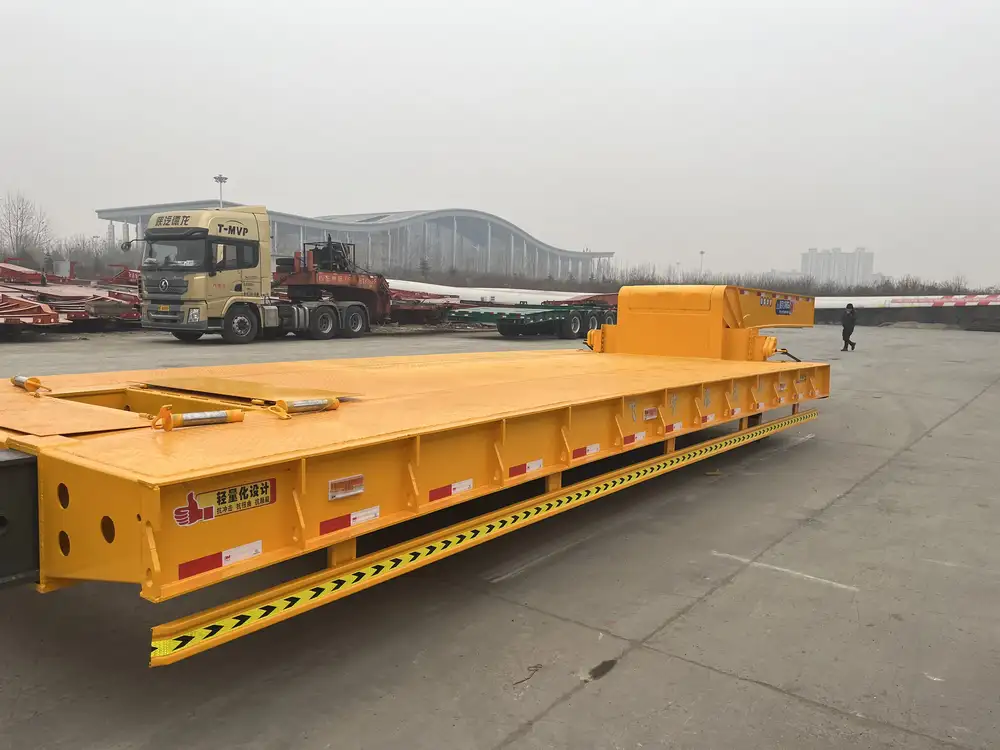
Legal Regulations and Compliance
1. Local and State Regulations
Regulations surrounding water transport can vary widely, and it’s crucial to inquire about any state-specific rules regarding tank sizing and installation. Some jurisdictions impose limits on transportation volumes.
- Check DOT regulations and local health departments for legal compliance.
2. Industry Standards
For certain industries, such as agriculture or firefighting, specific standards dictate tank sizes and functionalities. Keeping abreast of industry requirements ensures alignment with best practices and operational safety.
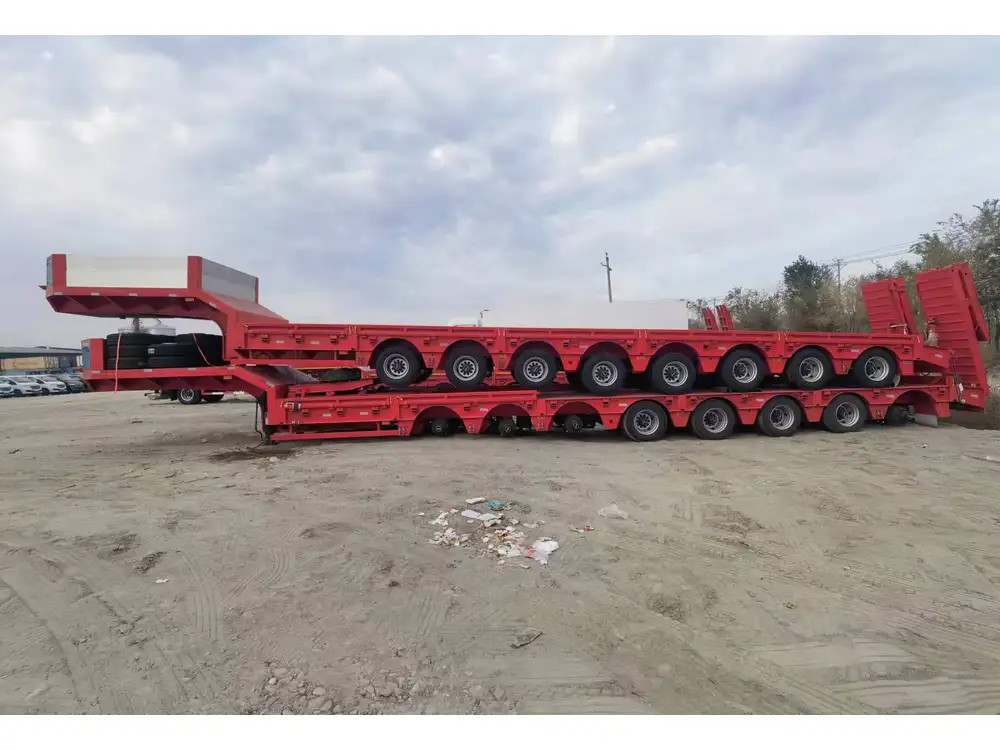
Maintenance and Durability
1. Maintenance Factors
Regular maintenance of your water tank is non-negotiable for extending its life span and ensuring safety:
- Routine Inspections: Inspect hoses and fittings for leaks, check for physical damage.
- Cleaning: Establish a cleaning schedule to prevent contamination, especially if transferring potable water.
2. Expected Lifespan
Different materials have varying lifespans:
- Polyethylene: ~10-15 years if maintained properly.
- Stainless Steel: 20+ years with minimal maintenance.
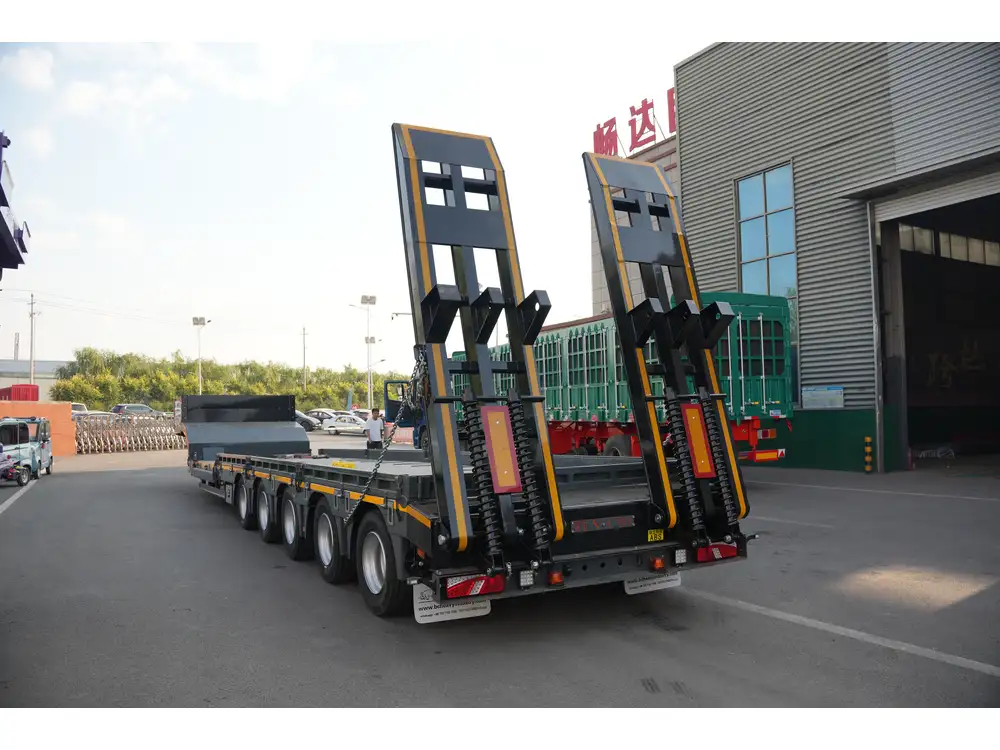
3. Replacement Indicators
Certain signs can indicate it’s time for a new tank:
- Corrosion or extensive cracks.
- Frequent leaks.
- Difficulty maintaining water quality.
Optimizing Tank Size for Efficiency
1. Water Conservation Techniques
Implement practices that maximize the use of your water supply. This could include drip irrigation, intelligent spray systems, or recycling methods to ensure you aren’t wasting water and maintaining efficiency.

2. Future Expansion
Consider your future needs. Will your business or operation scale? If so, investing in a slightly larger tank could mitigate future replacement costs and operational downtimes.
3. Cost Analysis of Tank Size
Conduct a cost-benefit analysis when determining tank size. While larger tanks may seem more expensive upfront, consider long-term savings:
- Fuel Efficiency: Larger tanks may reduce trips to refill, improving fuel efficiency.
- Operational Downtime: A properly sized tank that meets demand prevents interruptions.
Frequently Asked Questions
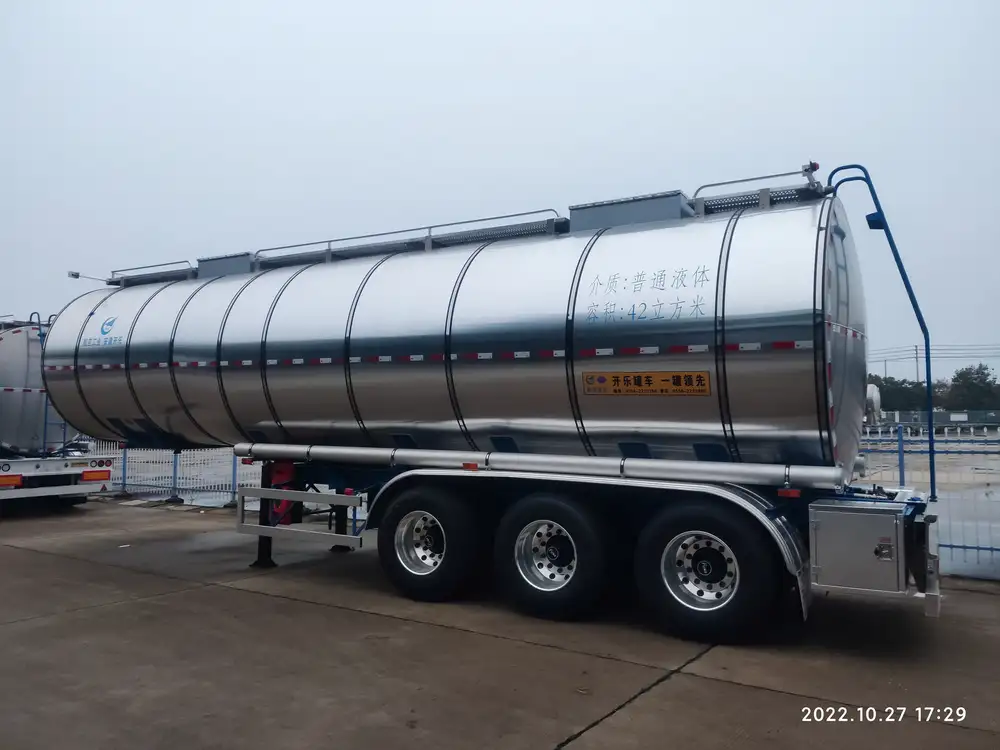
1. Can I Use a Smaller Tank for Larger Jobs?
Using a smaller tank could necessitate more frequent refills, resulting in increased operational costs and time delays. Assess the viability based on your scheduled requirements.
2. What Should I Do If I Exceed My Trailer’s Weight Limit?
If you’re consistently exceeding your trailer’s weight limit, consider redistributing the load, utilizing a more robust vehicle, or investing in a larger trailer designed for heavier loads.
3. Are Custom Water Tanks Available?
Yes, many manufacturers offer custom sizes tailored to your specific needs and vehicle requirements.
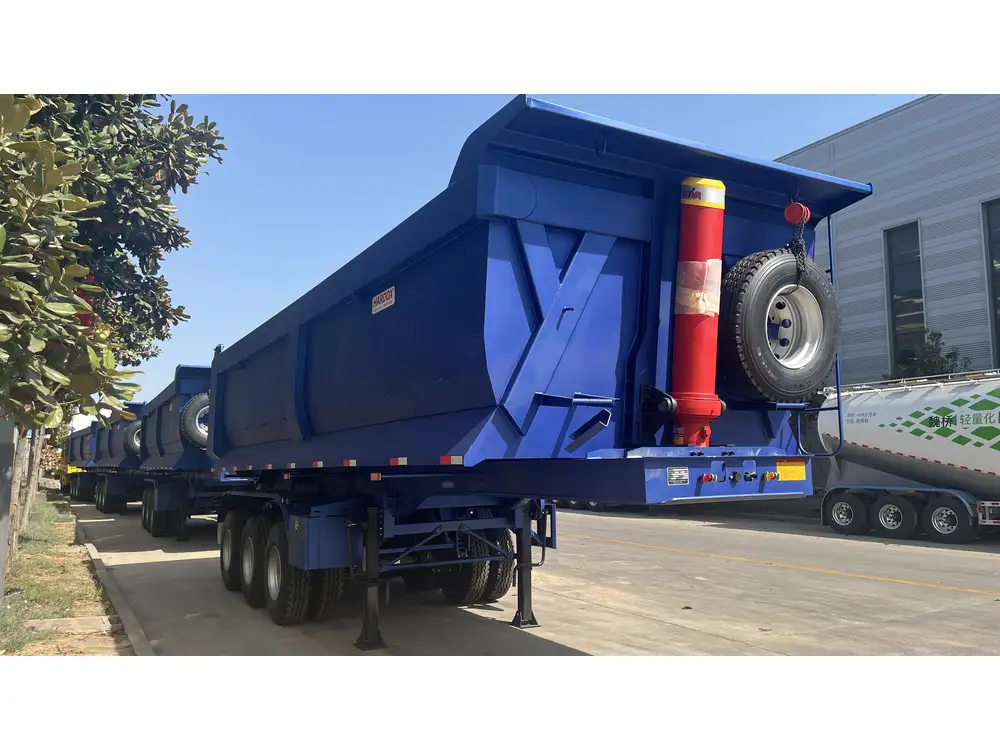
Conclusion
Choosing the right size for your trailer water tank involves a multifaceted approach, taking into account your unique water needs, vehicle specifications, legal requirements, and long-term operational goals. By carefully considering the factors outlined in this guide, you can ensure that your trailer-mounted water tank serves its purpose efficiently and effectively—safeguarding your operations while satisfying all compliance standards. Whether you’re watering crops, servicing construction sites, or preparing for emergencies, the right trailer water tank will empower your productivity and success. Make informed selections today for a dependable tomorrow.



